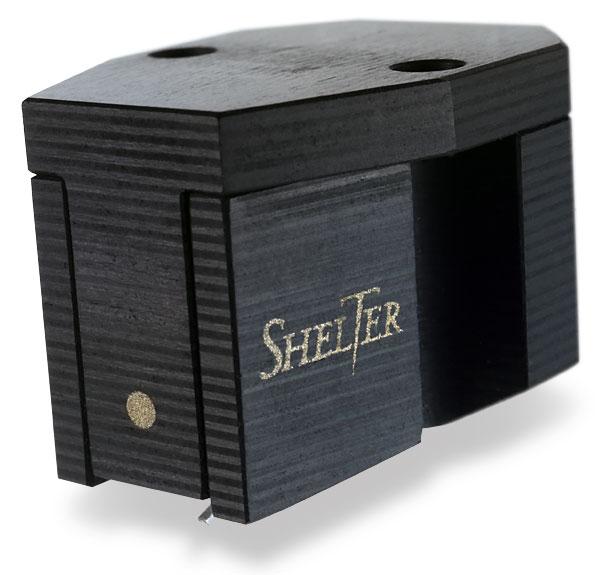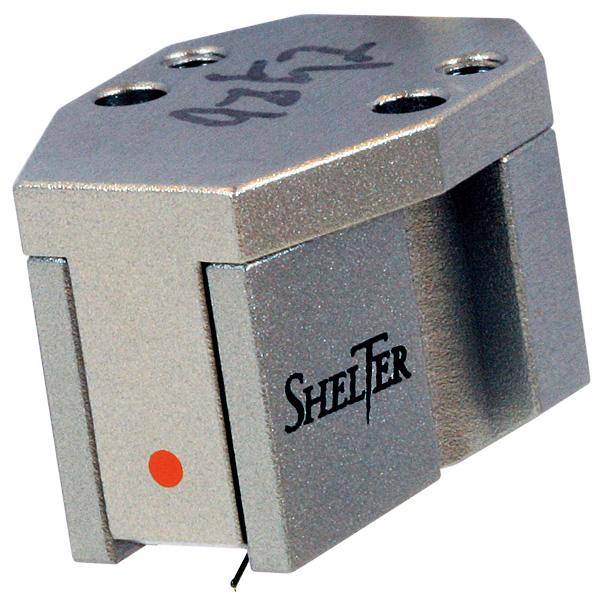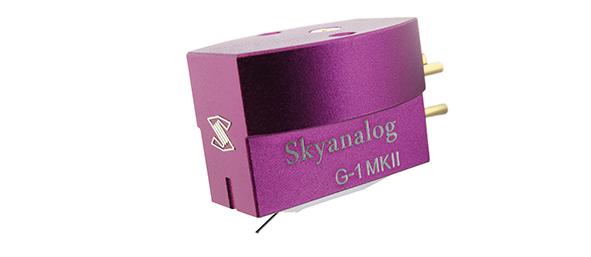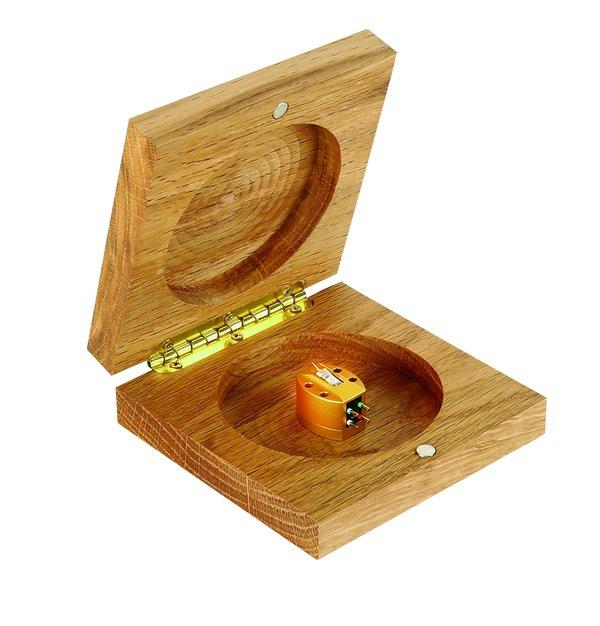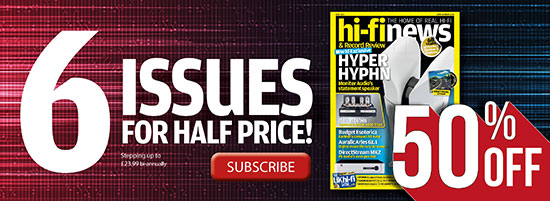Turntables, Arms & Cartridges
Sort By: Post DateTitle Publish Date
|
Oct 27, 2022
|
Jan 17, 2025 |
First Published: Jan 01, 2025
|
Jan 09, 2015
|
Feb 03, 2025 |
First Published: Mar 01, 2025
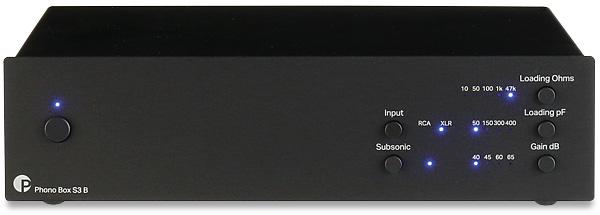
 Moving-coil pick-ups are inherently 'balanced' and Pro-Ject is determined to reveal them at their best with this balanced-wired version of the X2 deck and phono preamp
Moving-coil pick-ups are inherently 'balanced' and Pro-Ject is determined to reveal them at their best with this balanced-wired version of the X2 deck and phono preamp
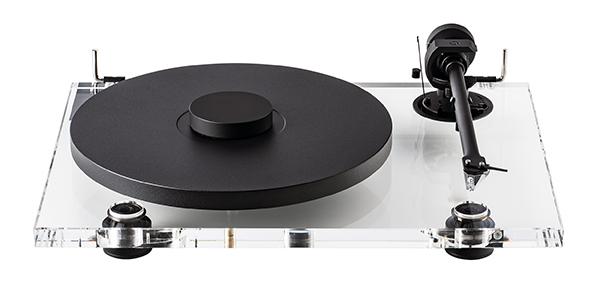

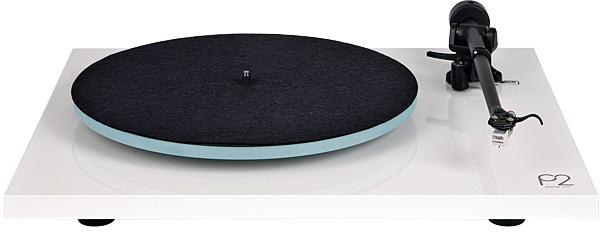
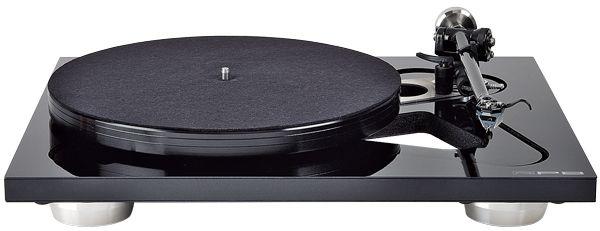
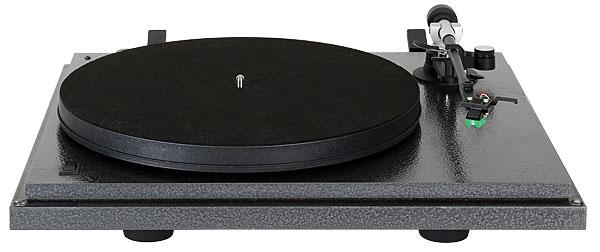
 One of many distinctive mid-priced turntables to surface in the 1980s, this dinky deck enjoyed its 15 minutes of fame, but then refused to go away. How will it sound today?
One of many distinctive mid-priced turntables to surface in the 1980s, this dinky deck enjoyed its 15 minutes of fame, but then refused to go away. How will it sound today?
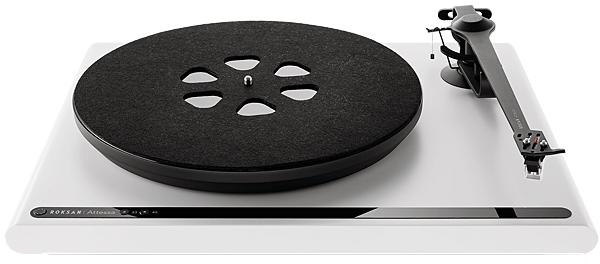
 Launched as part of a series including a CD transport and two amplifiers – one with onboard streaming – the Attessa turntable completes Roksan's most stylish offering
Launched as part of a series including a CD transport and two amplifiers – one with onboard streaming – the Attessa turntable completes Roksan's most stylish offering
